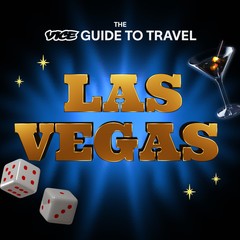A Chinatown visitor dressed in scene. All photos by Jett Lara.
The Shanghai Plaza entrance
The Shanghai Plaza parking lot
Left: A Shanghai Plaza patron holidng her day's purchases from Chinatown | Right: A Paleta Bar employee serving up a tray of paletas
Shang Artisan Noodle's famous pulled noodles and the entrance to the restaurant
A chef pulling noodles at Shang Artisan Noodle
Shang Beef Noodle soup
Chef Kengo preparing a signature dish at Trattoria Nakamura-Ya
Trattoria Nakamura-Ya's uni and tomato cream sauce linguini with caviar.
Karaoke Q
A Karaoke Q patron singing in one of the rooms
